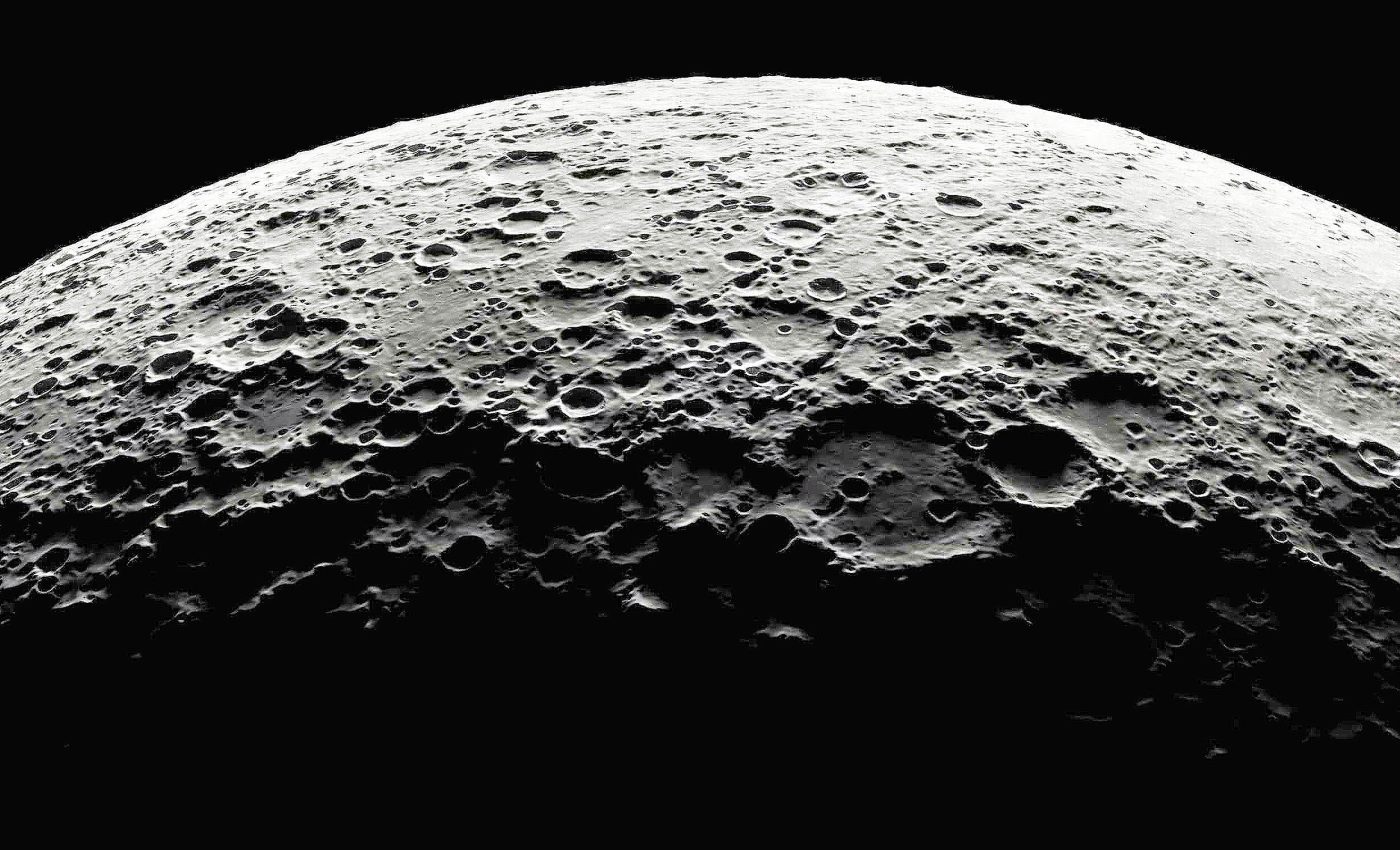
China found something very strange in moon dust samples that shouldn't be there
Chinese researchers found something surprising in the dust brought back by the Chang’e-5 mission: thin layers of carbon called graphene.
The spectral fingerprint matched multilayer graphene, a carbon lattice stacked two to ten atoms thick. Lead author Wei Zhang of Jilin University says the find could reshape ideas about lunar birth and guide resource plans for future crews.
The study marks the first confirmation of natural few-layer graphene in lunar material, opening new questions about how carbon behaves on airless planetary surfaces.
Why carbon on the Moon matters
Apollo samples didn’t show much carbon, so scientists long believed the Moon was dry and formed from a violent crash with early Earth.
But that idea started to change in 2020 when Japan’s Kaguya spacecraft found carbon leaking from nearly every part of the Moon’s surface.
Carbon shapes volcanic chemistry and potential fuels, so confirming its presence changes both academic debates and mission planning.
Lunar engineers drafted oxygen plants that would discard carbon, but richer soil chemistry invites factories that turn it into plastics or life support gases.
Carbon fingerprints help trace a body’s origin because the element vaporizes in hot impacts yet survives calmer accretion. Finding it preserved narrows the temperature range and timeline that must have shaped the young Moon.
A surprise inside chang’e-5 soil
Chang’e-5 collected about 3.8 pounds of Moon dirt from a region called Oceanus Procellarum. Back on Earth, Zhang’s team examined a tiny grain using a special laser that doesn’t damage the material.
The results showed clear signs of well-formed carbon layers, with patterns that matched what scientists expect from high-quality graphene. A faint signal also suggested the layers were mostly free of damage or flaws.
The laser analysis revealed a faint D band along with strong G and 2D bands, a pattern that points to high-quality carbon layers arranged in a graphite-like structure.
Detailed images taken at very high magnification confirmed that the material contained stacks of two to seven thin layers, spaced about 0.35 nanometers apart, just like the graphite found on Earth.
Iron bearing nanoparticles nestled beside each stack, a clue that metallic catalysts helped assemble the carbon during short heating events. Similar core shell structures have appeared in meteorites, reinforcing the catalytic path.
Solar wind, moon carbon, and graphene
The Moon lacks a thick atmosphere, and its soil endures constant solar wind protons racing about 250 miles per second.
Those ions break bonds, sputter atoms free, and can spark plasma flashes that momentarily heat dust above 2,000 F.
Zhang’s team thinks that carbon gases carried by solar wind stuck to hot, iron-rich dust and slowly formed layers of graphene.
Ancient volcanic eruptions in the area might have kept things hot long enough to create thicker coatings.
Laboratory work shows graphene can grow on iron at temperatures as low as 752 °F, matching those lunar conditions.
The paper explained that the way these minerals helped form natural graphene could lead to new, affordable methods for producing high-quality graphene on a larger scale.
The presence of nitrogen, sulfur, and molybdenum in the same grains hints at complex chemical traffic rather than a single impact flash. That mosaic may preserve a timeline of multiple events waiting to be teased out grain by grain.
Rethinking the giant impact
The classic giant impact hypothesis says a Mars sized body struck Earth about 4.51 billion years ago, ejecting mantle rock that later cooled into a carbon poor Moon.
Graphene inside young mare basalt weakens the carbon poor part of that story because indigenous sources must have survived or accumulated long after any fiery birth.
One alternative envisions a slow build up of dust within Earth’s orbit, which would naturally trap carbon. Another keeps the giant impact but suggests the resulting vapor later reaccreted solar wind carbon during a drawn out magma ocean phase.
The authors remark that their findings suggest that the Moon may still be capturing carbon, which could change how scientists understand its makeup and history.
Future missions that collect deeper samples could help determine if this process happens only on the surface or throughout the Moon.
Looking ahead to lunar resource use
Graphene stands out for its strength and electrical prowess, so prospectors see value in harvesting it alongside oxygen pulled from molten regolith.
Sheets only a few atoms thick could reinforce radiation shields, line supercapacitor electrodes, or filter water inside early lunar habitats.
Because the material occurs with iron, extraction schemes might combine magnetic separation with gentle sonication to peel off the flakes without hauling fragile gear from Earth.
Making the material directly on the Moon could avoid the high cost and challenges of sending carbon nanotubes or plastics all the way from Earth.
Zhang’s group plans to probe mechanical and thermal properties of the natural sheets to judge whether they rival lab grown analogs.
Each additional data point will feed the growing push for a multinational sample return program that maps carbon in three dimensions.
The study is published in National Science Review.
—–
Like what you read? Subscribe to our newsletter for engaging articles, exclusive content, and the latest updates.
Check us out on EarthSnap, a free app brought to you by Eric Ralls and Earth.com.
—–













